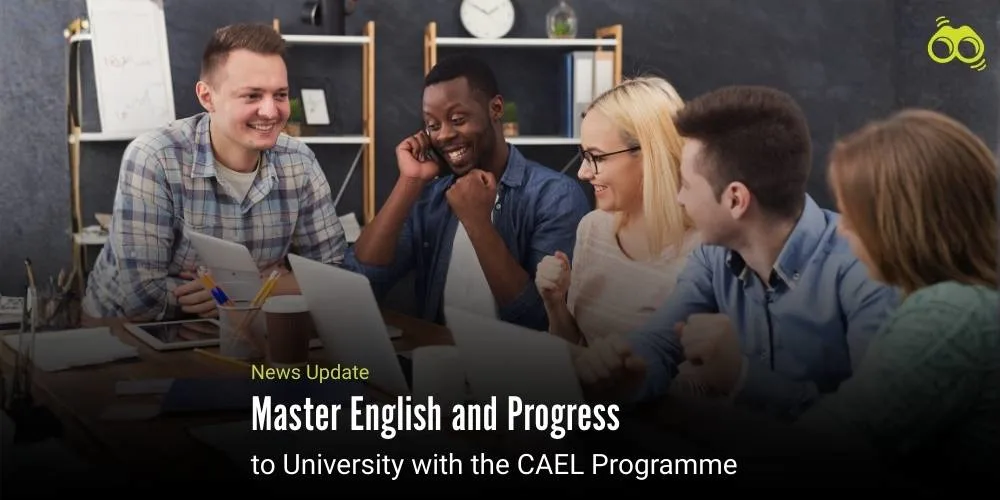Study In India: PM Modi Inaugurates New Nalanda University, Rajgir, Bihar
“Convergence of History and Innovation” At Nalanda University
A University where curiosity has no boundaries and tradition collides with technology, students are invited on this life-changing adventure of Nalanda University. Known for being the first residential university in history, Prime Minister Narendra Modi recently inaugurated the new Nalanda University campus. Nalanda University is a beacon of academic excellence that emerges from the tranquil landscape near the old Nalanda ruins in Rajgir, Bihar, where knowledge transcends borders and cultures.
This new campus is poised to support the Study in India campaign and provide courses that combine traditional and modern learning methods. Nalanda University was established by the Indian Parliament in 2010 through the Nalanda University Act and the recent capital fund allocation of Rs 1749.65 crore has given the campus new vitality,
The Act served as the foundation for carrying out the decisions made at the fourth East Asia Summit (Thailand, 2009) and the second East Asia Summit (Philippines, 2007) to establish the university as a worldwide center for intellectual, philosophical, historical, and spiritual endeavors. Initially, the university only had 14 students when it started operations in 2014 out of a temporary building in the town and construction didn't begin until 2017. However, the history of Nalanda University roots back long, having been founded about 1600 years ago in the 5th century. Before being destroyed by invaders in the 12th century, the university flourished for eight centuries.
The university was founded on the vastushilp design principles of the Late Padma Vibhushan BV Doshi and is currently a net-zero campus. "He created a campus that was modeled after the historic Nalanda University. The campus integrates sustainable best practices from the past, from the building's aesthetics and orientation to the thickness of the walls and height of the ceilings that make the campus warmer in the winter and colder in the summer, to the natural light that pours into the buildings to minimize the need for artificial light.
The clay, which was excavated and used to construct compressed unburned brick blocks—which are significantly harder than regular kiln-burned brick blocks—was used to form tanks and water reservoirs on campus that would be filled with rainwater pouring from the nearby hills. The VC points to the 100 acres of campus water bodies that were utilized for building. "This forms the edifice of the campus though RCC has been used for further reinforcement," the VC continues. The campus's interior features well-furnished buildings, cutting-edge facilities, different-sized classrooms, dorms, and an amphitheater. Because of the way the structures are constructed, nature has not been harmed as much. As stated by the VC, even the air conditioning system is built around a water-based chiller plant that uses DeVAP technology, which cools air using an absorption cycle that is fueled by solar or natural gas.
Vice-chancellor Prof. Abhay Kumar Singh highlights the university's reach and early history by stating, “The campus, set over 455 acres of land, came up in phases. It was handed over to the university administration in 2017 after a special initiative by Bihar chief minister Nitish Kumar.” Before its ultimate inauguration as a new campus recently, work on the two academic blocks, which consist of 40 classrooms with a total seating capacity of 1800, was completed in 2023. As of the most recent academic session, the campus, which has been revived, is home to six schools and draws 190 international and 76 Indian full-time residents.
Scholars pursuing an MSc in Ecology and Environment Studies at the university are coming from Southeast Asian and African nations to study at the School of Ecology and Environment Studies (SEES). According to Singh, the university also houses the School of Buddhist Studies, Philosophy, and Comparative Religions (SBSPCR), which offers an MA in Buddhist Studies and Philosophy as well as an MA in Hindu (Sanatan) Studies. "It encompasses a wide gamut of fields including environmental economics, society, climate change, disaster management, water resources management, maritime environment, and waste management," Singh continues.
"To grant students an MA in World literature, we also have the School of Languages and Literature/Humanities (SLLS), where outstanding works translated into English are taught,” Singh mentions. The School of Ecology and Environmental Studies (SEES), where students from Southeast Asian and African nations study an MSc in Ecology and Environment Studies, also places a strong emphasis on sustainability in its programs. The main focuses of this curriculum include environmental economics, society, climate change, disaster management, water resources management, maritime environment, and waste management.
August of this year will see the first cohort of the MA in International Relations and begin classes at the newest institution, the School for International Relations and Peace Studies (SIRPS). In addition, a separate division of the university offers a variety of short-term diploma and certificate programs in Pali, Sanskrit, English, Korean, and Yoga. The university also offers a Global PhD program in all of the schools.
It is expected of students to do interdisciplinary study by selecting topics from many academic fields and schools. Faculty members at the university are subject to a three-year tenure track system that can be subsequently extended. For visiting professors from India and other countries, there are also opportunities to teach for one or two semesters. The junior faculty members are qualified with exposure from other countries, much as the senior faculty members are seasoned professionals and well-respected scholars in their domains.
"We have faculty members on HSBC fellowships as well as Erasmus Mundus and Fulbright scholars. The university's study has a wider reach and dimension, thus its applicability in other nations is guaranteed, according to Singh. During one semester, students study research methodology, academic writing, subject-specific skill development, and research temperament in the classroom. However, the focus shifts to the scholar's participation in discussions, seminars, and paper presentations starting in the following semester. The amount of field research and experiments increases as the project goes on. In addition to online and electronic resources, students can access the vast library of e-books and journals maintained by the institution.
At present, the university provides 137 scholarships to students from outside the country. These scholarships are funded by various organizations such as the ASEAN-India Fund, BIMSTEC, ICCR, and Bhutan Scholarship by MEA. Students enrolled in the PhD program for 2023–2027 and postgraduate programs for 2022–24 and 2023–25 typically come from a wide range of countries, including, but not limited to, Argentina, Bhutan, Cambodia, Ghana, Indonesia, Kenya, Laos, Sri Lanka, Serbia, Turkey, USA, Thailand, and Vietnam.
The institution has been continuing its reputation of attracting scholars with its inclusive environment and various academic programs by combining the best of both worlds.
Editor's Note:
Nalanda University symbolizes India's dedication to reviving its age-old wisdom for the contemporary world and is more than just an academic institution. Nalanda, a flagship institution of the "Study in India" program, welcomes researchers and students from all over the world and provides an innovative yet deeply traditional educational experience. Whether your goal is to study ancient theories or take on modern issues, Nalanda University is prepared to lead you on an intellectual and personal development journey.
Skoobuzz encourages students to study at Nalanda University where they learn about the wealth of India's cultural legacy and the potential of an international education.














0 Comments (Please Login To Continue)